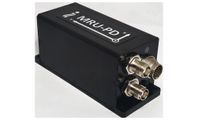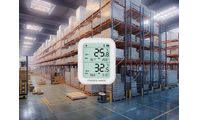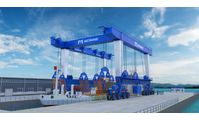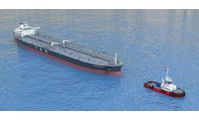
Soil & Groundwater
Understanding the Functionality of Motion Reference Units
Motion Reference Units (MRUs) play a pivotal role in navigational technologies, particularly in applications requiring high accuracy in motion measurement and orientation data. This article delves into the operational mechanics of MRUs, ...






